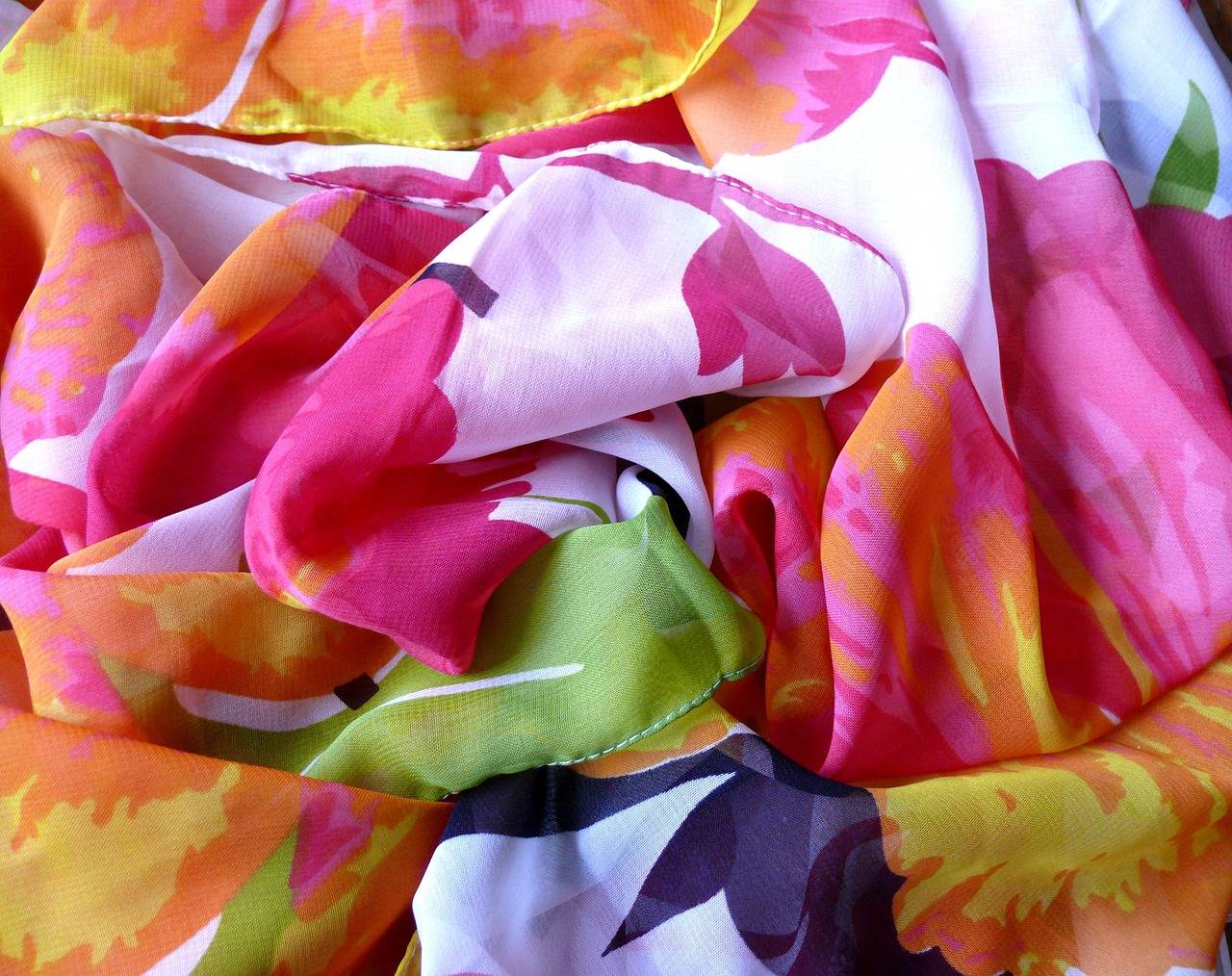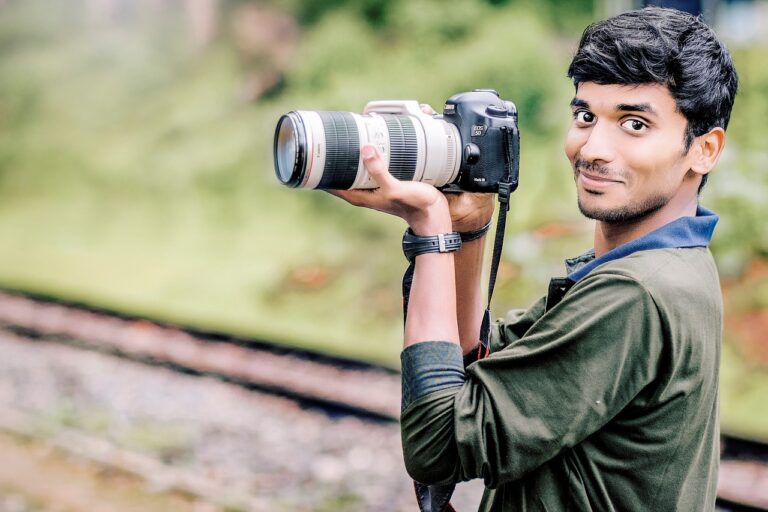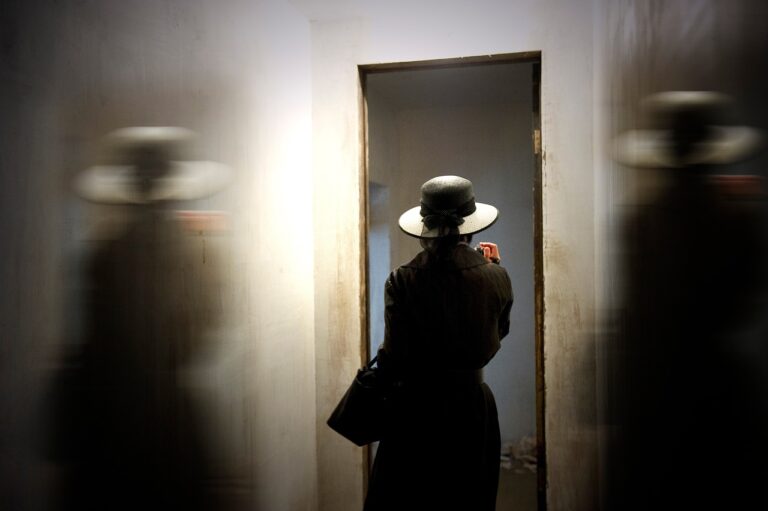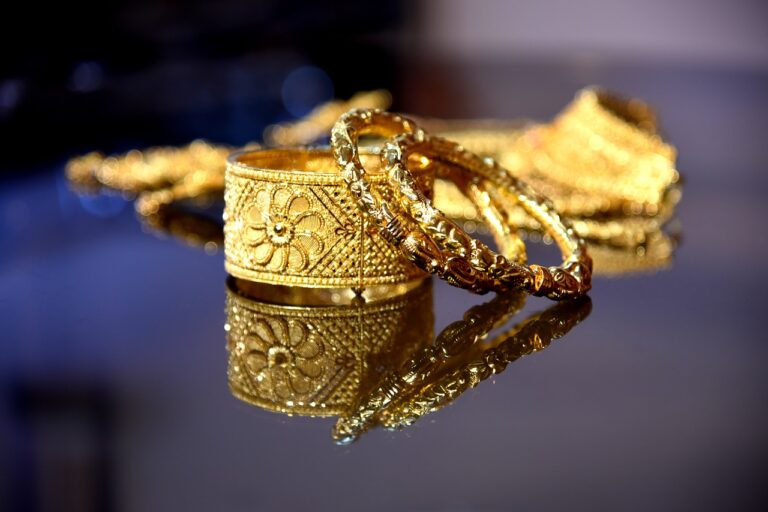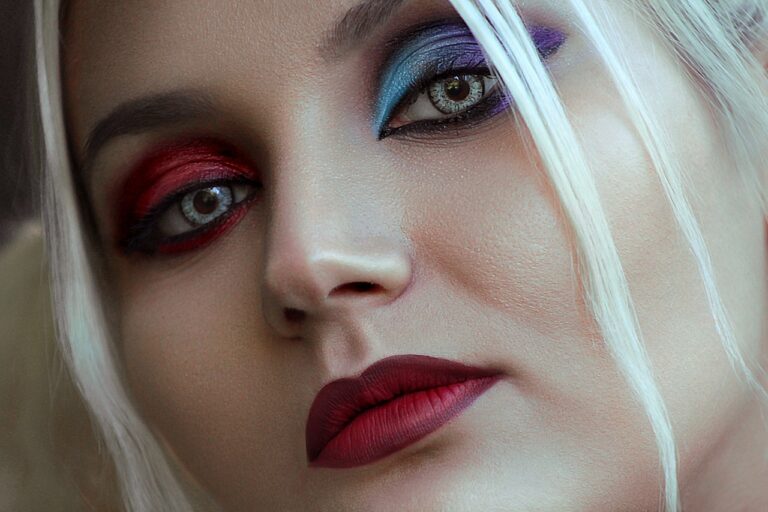The Art of Fashion Photography: Techniques for Capturing Timeless Style Moments
Fashion photography plays a crucial role in the world of fashion and beauty industries. It serves as a visual storyteller, capturing the essence and creativity of clothing, accessories, and models on camera. Through carefully curated images, fashion photographers are able to convey emotions, trends, and styles, shaping the way we perceive fashion trends and brands.
The importance of fashion photography goes beyond just showcasing clothing and accessories; it is a form of art that requires attention to detail, creative vision, and technical skill. Fashion photographers have the ability to transform a simple piece of clothing into a work of art, creating visually appealing images that inspire and captivate audiences worldwide. Their work not only promotes fashion brands but also influences and shapes current and future trends in the industry.
Heading 2: Selecting the Right Equipment for Fashion Photography
Selecting the right equipment for fashion photography is essential for capturing stunning and impactful images. Your camera body is the primary tool you will rely on, so investing in a high-quality DSLR or mirrorless camera that offers versatility and exceptional image quality is crucial. Consider factors such as resolution, low-light performance, and frame rate to ensure your camera can meet the demands of fashion photography.
In addition to a reliable camera body, choosing the right lenses is key to achieving the desired look and feel in your fashion photos. Prime lenses with wide apertures are popular among fashion photographers for their ability to create beautiful bokeh and sharp subject focus. Zoom lenses can also be useful for capturing a variety of shots from different distances. Experimenting with different focal lengths and styles of lenses can help you develop your own unique aesthetic in fashion photography.
Heading 3: Mastering Lighting Techniques in Fashion Photography
One of the key elements in capturing stunning fashion photography is mastering lighting techniques. The right lighting can make a significant difference in how the colors, textures, and details of the clothing and accessories are showcased in the image. Proper lighting can accentuate the features of the models, enhance the mood of the shot, and add depth and dimension to the overall composition.
When it comes to lighting techniques in fashion photography, it’s crucial to understand the principles of lighting direction, intensity, and quality. Experimenting with different lighting setups, such as using natural light, studio lights, or a combination of both, can help you achieve various effects and styles in your photos. Additionally, mastering the art of manipulating shadows and highlights through strategic lighting placement can create interest and drama in your fashion images.
• Understanding the principles of lighting direction, intensity, and quality is essential in fashion photography
• Experimenting with different lighting setups like natural light or studio lights can help achieve various effects
• Manipulating shadows and highlights through strategic lighting placement can create interest and drama in fashion images
Why is lighting so important in fashion photography?
Lighting plays a crucial role in setting the mood, highlighting important details, and creating a visually appealing image in fashion photography.
What are some common lighting techniques used in fashion photography?
Some common lighting techniques include natural light, artificial lighting with strobes or continuous lights, and using modifiers like softboxes and reflectors.
How can I improve my lighting skills in fashion photography?
Practice is key to mastering lighting techniques in fashion photography. Experiment with different lighting setups, study lighting in fashion magazines, and attend workshops or online tutorials to enhance your skills.
What equipment do I need to master lighting techniques in fashion photography?
You will need a camera, various types of lighting equipment such as strobes or continuous lights, light modifiers like softboxes and reflectors, and light stands to position your lights effectively.

